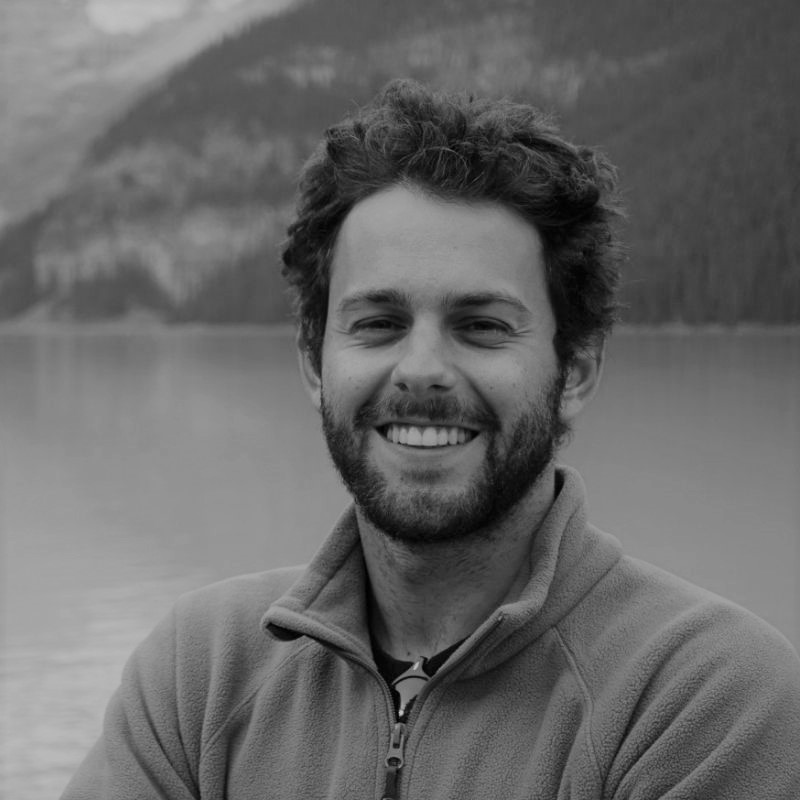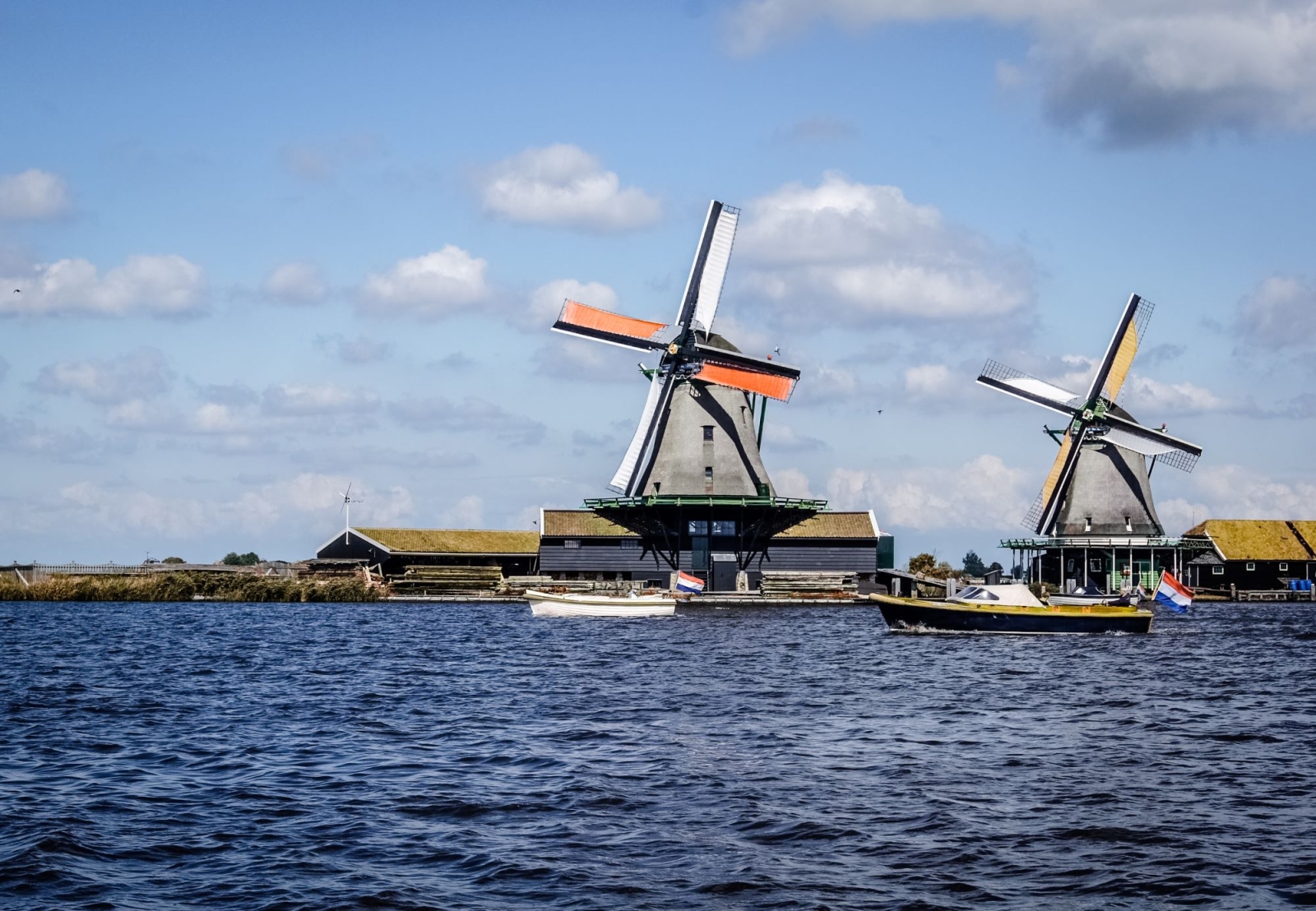Dutch water management is well known worldwide for its efficiency, with water losses (the so-called Non Revenue Water) not exceeding 5% of the water supplied. Learning from the best is always valuable, and the Italian Water Utilities' technological mission in the Netherlands couldn't have come at a more opportune time, considering the €7 billion from the National Recovery and Resilience Plan (PNRR) to be invested by 2026.
The Italian Water Utilities technological mission in the Netherlands
Organized by the consulting company Isle Utilities and the Water Alliance network, with the support of the Dutch Agency for Business and the Embassy and Consulate General of the Kingdom of the Netherlands, the tour ‒ which lasted from 2 to 5 of October ‒ was aimed at creating synergies between the Italian delegation and the most important Dutch technology companies to share new digital tools and good asset management practices.
The key player in the working day at the picturesque Kurstamker in Utrecht, in which Materia Rinnovabile had the privilege to participate, was, of course, data. After aggregating and analyzing them, the decision-making process follows suit, result of a careful evaluation of the impacts and different scenarios hypothesized by highly sophisticated models.
This is the most delicate phase, which, paraphrasing the words of Dragan Savic, CEO of the KWR Water Research Institute, must be approached with a strategy in mind: "If you want to spend the money, you must do it right, with vision." Dutch water resource management policy teaches that optimization is part of a lengthy process.
PNRR and water resources
The bad news is that Italian utilities don't have much time to decide how to invest the PNRR funds, in order to reduce the 40% of losses, which, apart from being a significant waste of resources (especially in the face of increasingly prolonged droughts), translates into a substantial missed profit that could be reinvested to modernize the aging infrastructure.
Time is running out: the PNRR target aims to reduce losses by 35% within 5 years, with the construction of 25,000 meters of water network divided into Measured District Areas, which allows for better management and control of pressure, flow, and losses.
"Everything that goes into the network and is not accounted for is a loss," says Marco Fantozzi, Head of Isle Utilities Italy, a technology consulting company in the water sector. "We tend to consider losses only as water leaking from pipes, but when the meter does not register correctly, there are losses of a commercial nature."
Fantozzi explains that, generally, the majority of the volume is represented by physical losses, with a production cost of about 20 cents per cubic meter. However, the most negative economic impact is attributable to commercial losses because the non-sale of each cubic meter of water costs utilities 2 euros.
Responses from Dutch digitization
With over a quarter of its territory below sea level, the Netherlands has learned over the decades to make good use of water, from what flows from its taps – whose quality is among the highest in the world – to its dam and lock systems, passing through circular strategies for water resource management. This vision, arising from afar and thanks to a constant collective effort between the public and private sectors, research institutes, and universities, has transformed the country into the most important European water technology hub.
Credit for this dynamism also goes to the Water Alliance, a water technology cluster that brings together public and private companies, government agencies, and institutions dedicated to developing solutions. "Our mission is to create synergies among the different entities we collaborate with to solve all water management-related challenges," explains Harro Brons, business manager of the Water Alliance, "from optimizing drinking water to domestic wastewater treatment, as well as resource efficiency in agriculture and energy."
Operating in research and development, among other things, Water Alliance hosts specialized laboratories and several demonstration sites at the WaterCampus in Leeuwarden, an innovative technological hub that brings together scientists and companies from across Europe.
Digital solutions to concrete water issues
During the day, 14 companies presented their solutions. For example, Hulo's algorithms locate and quantify losses, allowing for a better understanding of where to place expensive monitoring sensors. Twinn Aqua Suite's AI software can intelligently automate processes and make predictive analyses throughout the water cycle: from water production and distribution to transport and wastewater treatment. To ensure high-quality drinking water, microLAN has developed systems that detect pollution from algae, bacteria, and chemical toxicity in water. The monitoring, based on light measurements, can be used in all types of water services.
"Among the most concerning issues is the quality of drinking water," Brons continues. "Micro-pollutants, microplastics, pesticides, and medicinal products from wastewater that penetrate groundwater must be removed sustainably. We have the treatment technologies, but I believe that in the future water tariffs will rise due to purification costs."
The lesson for Italian utilities
The delegation of Italian utilities, mainly from Northern Italy, has shown great interest in understanding how to approach the issue of water losse. "Spend time observing where the impact of your losses is greatest" advised Dragan Savic. "It is necessary to carefully evaluate where and how to replace your pipelines. From this perspective, data aggregation is essential. But if you have little time and do not have much data, focus on the most urgent issues."
Skills in the workforce and digital twin models, digitally replicating physical objects and processes to improve all aspects of resource management, were the other key topics discussed. Utrecht was just one stop on a broader tour of the Netherlands and Belgium, which concluded on October 5. Now, Italian Water Utilities have more tools to address the most urgent management issues and streamline their water network.
This article is also available in Italian / Questo articolo è disponibile anche in italiano
Image: Ivan Rivero, Pexels



